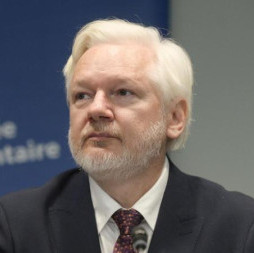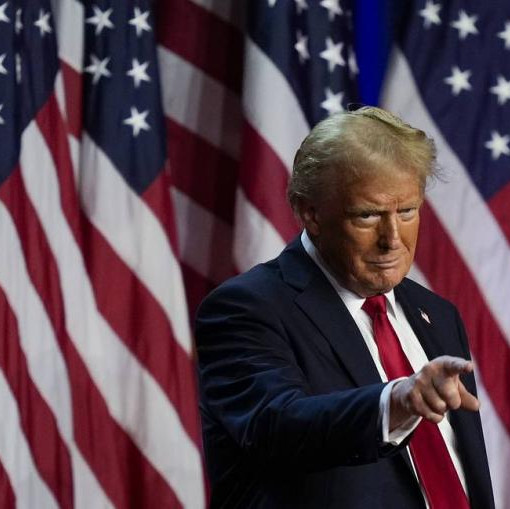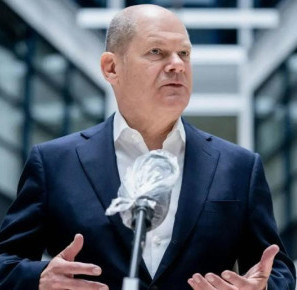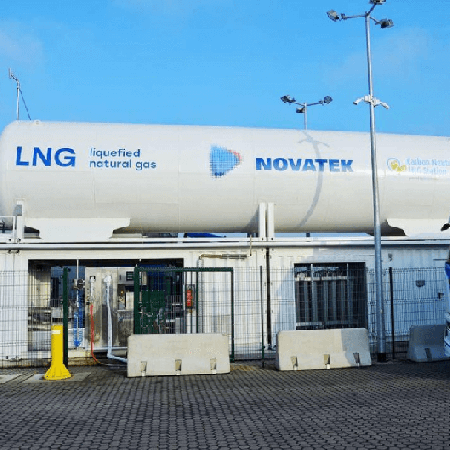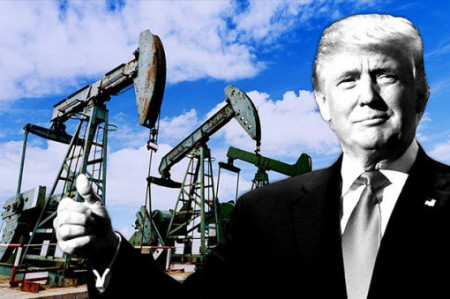
Upon returning to the White House after his inauguration set for January 20, Donald Trump is about to start acting right away. It's not even about ideological symbolism, such as preparing to replace the blue carpet in the Oval Office with a beige or red floor cloth. It's about cancelling a number of decrees of his predecessor Joseph Biden on the very first day of Trump’s presidency. You bet he will.
In particular, the "reverse" list includes the key strategic document on US withdrawal from the Paris Agreement. To oversee the climate, as reported by The Washington Post, Donald Trump appointed North Dakota Governor and multimillionaire Douglas James Burgum. The new "Energy Czar" will head the National Energy Council and Ministry of the Interior, engaging not in law and order, but in public land management.
The Energy Czar is a new administration post, with its holder to deal with both developing energy and repealing legislative acts in the field of climate.
The Council is a new government structure to include all the agencies and departments involved in the production, regulation and transportation of American energy. The body will also deal with repealing climate acts, eliminating clean energy, and increasing the country’s oil and gas production.
The US Department of the Interior manages public lands and the shelf, including the lease of sites for drilling oil and gas wells, construction of wind and solar power plants. It also monitors national parks and reserves, and government relations with tribes across the United States.
Trump has picked founder of Liberty Energy Chris for the post, calling him one of the pioneers who helped launch the American Shale Revolution.
Moreover, Trump plans to resume construction of the Keystone XL pipeline that was meant to transport oil from fields in the Canadian province of Alberta to American refineries in the southern part of the country. Western media write that Trump hopes to "launch" the project on his very first day in the White House, demonstrating commitment to the plan he sumptuously announced back in 2017. But, as you know, January 2021 saw US leader Joseph Biden sign a decree to stop the construction.
As for the plan Trump announced during the election race to raise the production bar for the national oil and gas industry, everything is not so clear here as it is hardly realistic to provide a "breakthrough" at the oil price target of $50 per barrel he set. The American industry is already close to the output ceiling, despite current US leader Joe Biden’s well-known commitment to "green energy". Paradoxically, it was national oil production that shot the moon during his presidency: American companies produce over 13 million barrels per day against the 11 million in 2020. It may be fair to conclude that this resulted from the economic reality rather than the White House’s industry stimulating measures: OPEC+ bloc’s restrained production allows maintaining the barrel price at levels relatively comfortable for exporters. But even overnight, this kind of cartel containment does push the North American shale industry to progress.
On closer inspection, shale producer fears that climate-passionate Biden would create problems for the industry have appeared untenable. Nor has there been a breakthrough in America's "green" course over the four years of his watch. Trump does not pledge support for alternative energy altogether, seeking to focus on traditional one alone.
And yet, there are some exceptions here. For example, a stake on electric cars may get an additional boost: Tesla e-vehicle manufacturing concern founder Elon Musk, an ardent Trump adherent, has already got a status position in his team, albeit informal — he will co-head the Department of Government Efficiency. The body is going to function until July 4, 2026, "providing advice and guidance from outside of government" to the White House Office of Management and Budget (OMB), Trump explained.
The market takes due regard of the fact that Musk’s group stock capitalization has once again exceeded $1 trillion, with its shares steadily growing since Trump was declared election winner. And Musk himself has once again topped the list of the world’s richest people as per the Bloomberg index: his fortune reached a historic high of $347.8 billion on November 23.
A separate stratum is the US peaceful atom and development prospects for the relevant industry. Last year, nuclear energy was officially recognized at the UN level as environmentally neutral and non-damaging to ecology. Before leaving the White House, the Biden administration is going to set a goal for the country to triple nuclear power capacity by 2050, Bloomberg claims, noting that the idea “enjoys bipartisan support on the Capitol Hill.” Donald Trump himself also supports new reactors to be constructed. Thus, by the middle of the century, American NPPs’ capacity may grow from 100 GW to 300 GW. About 35 GW of the amount may emerge in just over a decade.
But all of this is pure theory. In practice, everything may turn out in a totally different way: the declared ambitious plans may get thwarted amid the national nuclear industry’s heavy reliance on external supplies of uranium needed to produce electricity at nuclear power plants — about three quarters of US nuclear fuel needs are met through imports.
Meanwhile, industry players have been issuing warnings concerning the tendency towards higher uranium shortages in the global market, especially after 2030, which will make its price grow permanently. By the way, Washington has been historically reliant on uranium supplies from Russia, but now cooperation is severely limited over sanctions Biden imposed in May as followed by Moscow's November countermeasures.

